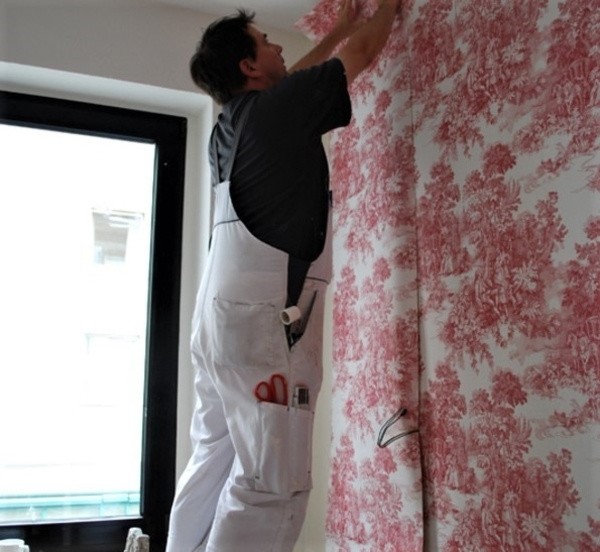
Wanting to DIY your home decor doesn't necessarily mean you're cutting on budget. Some people like to decorate their own houses for pure enjoyment and gratification. But regardless of why you want to be hands-on on your wallpaper project, you will most likely need some help.
While putting up wallpaper has nothing to do with rocket science, newbies to the job can have trouble putting up a seamless and presentable result. Here are a few tips on how you can achieve it without hiring an actual expert:
Select Your Starting Area
To create a perfect wallpaper finish, you first have to pick out where you want to start. The last strip of the wallpaper needs to meet up with the first one. It's also best that you make the two pieces meet at an area far off the places where people usually see. This can be behind a door, a curtain, or a window.
If you happen to start at the center of a wall in the room, it can become very obvious if you choose a patterned wallpaper. Though it may not bother you, it can be quite an eyesore to others.
Trim Your Wallpaper
Put your wallpaper roll on a flat surface with the printed surface printed down. Then, measure the length of the wallpaper you need, but make sure you leave up to 1-2 inches. Don't worry; you'll end up cutting this off later.
Cut the strips according to how you want the pattern to patch. Keep them in an orderly manner so you won't have to ruffle through them in the application process. You can also take into consideration the different pattern matches.
Read: How to Refresh Your Home on a Budget
Get Your Glue Ready
If you got your hands on a pre-pasted wallpaper, this should come with brief preparation instructions. Most of these types of wallpaper will require you to cut it into desired shapes before loosely rolling it up.
You can then put it in a tub of room-temperature water. The wallpaper packaging should tell you how long the wallpaper needs to stay in the water.
If you have plain wallpaper, get a pre-mixed paste or glue product using a roller or paintbrush. Make sure you work your way from the middle to the corners. Also, to apply, go to all the parts. If you leave an area without glue, it can cause your entire wallpaper project to fall apart.
Hanging Your Wallpaper
Start at the highest portion of where you want the wallpaper to begin. Whether you're reaching up towards the ceiling or just patching up an area in the middle of the wall, you should leave a bit of wallpaper allowance on top. This will be trimmed later on.
If you think the strip is perfectly placed, lightly drop its bottom half. Then, smooth the paper unto the surface with your hand in a very gentle manner while avoiding to crease it. You can also make use of a damp sponge or a smoothing brush to smooth out if there are any bubbles under the wallpaper.



